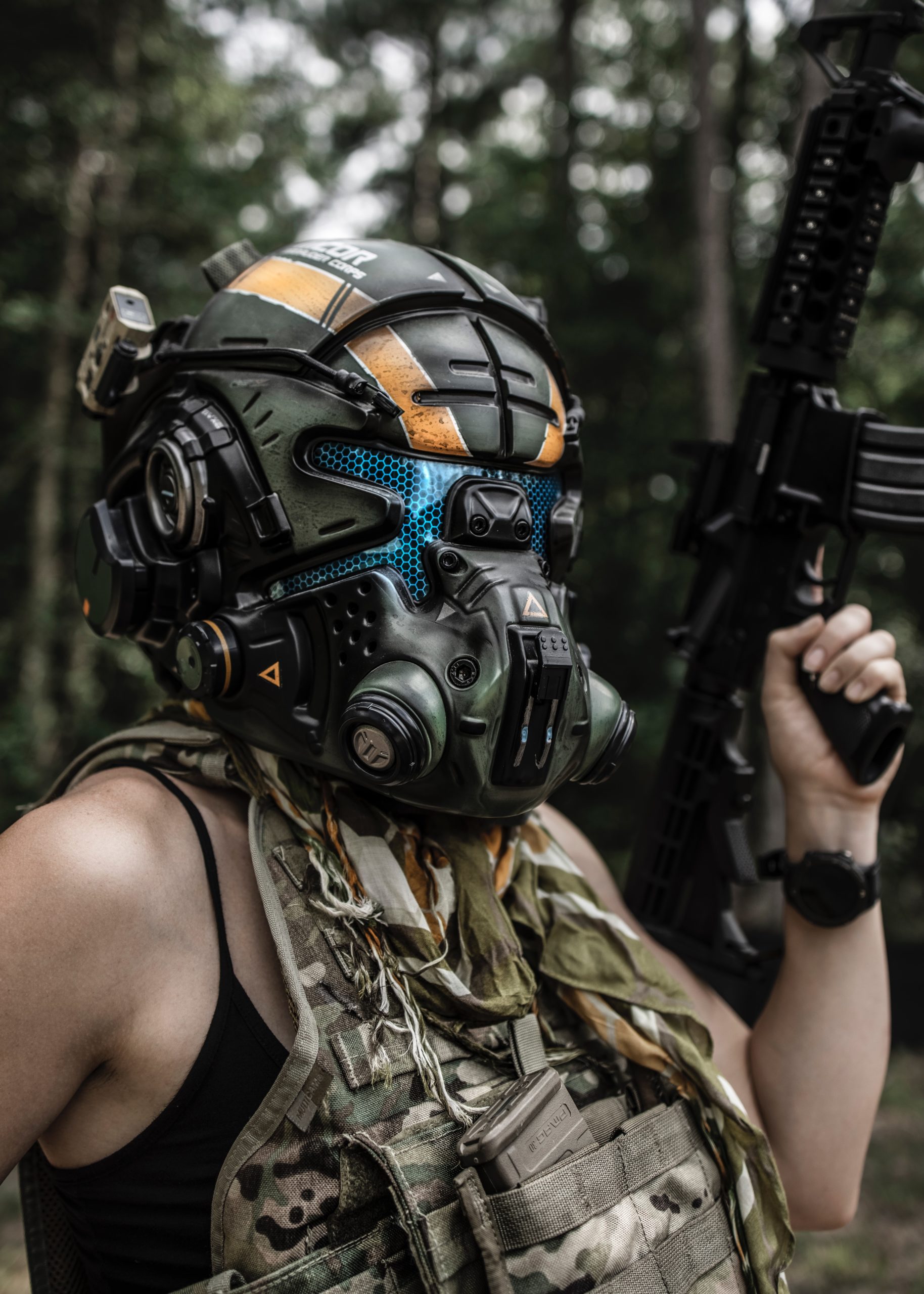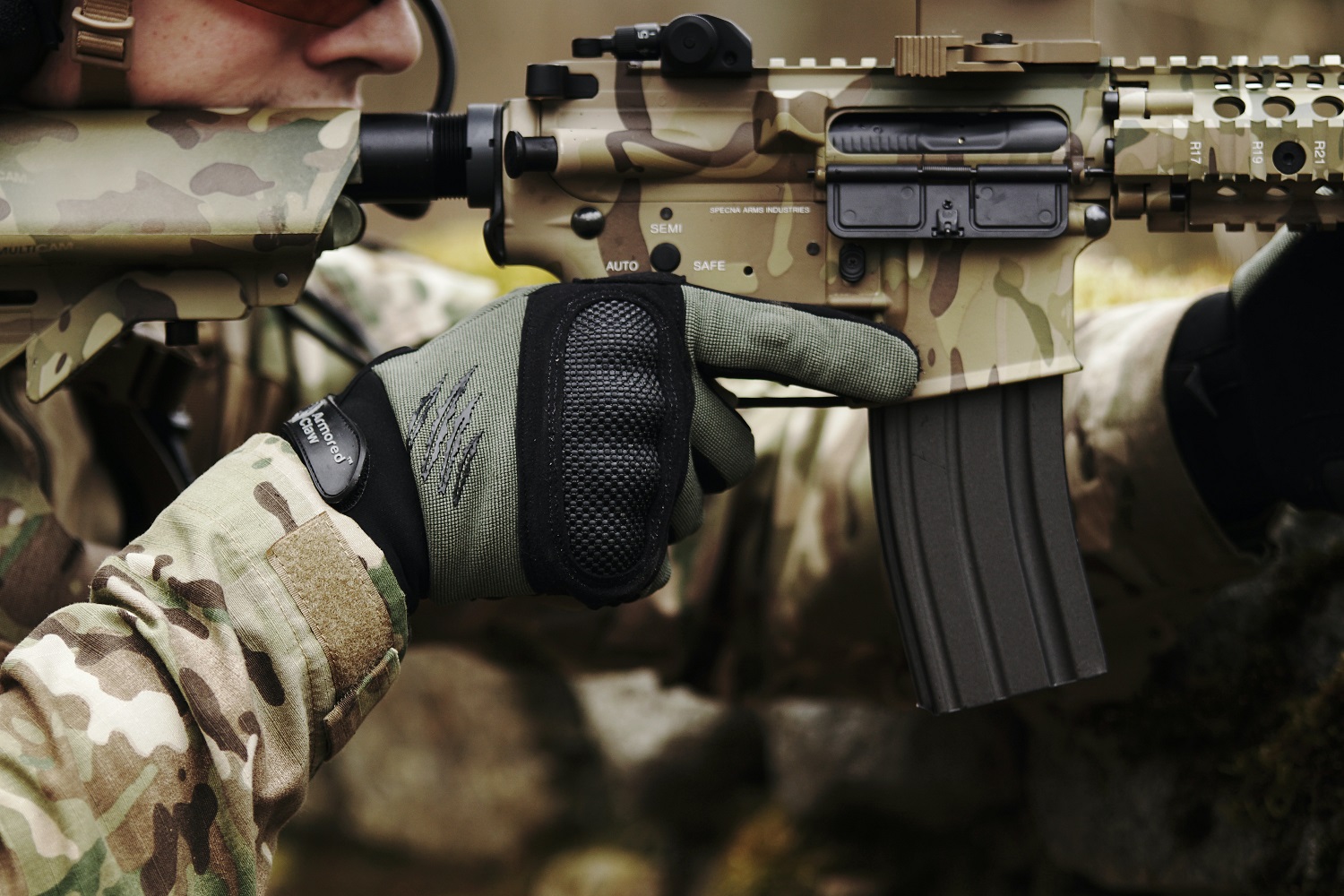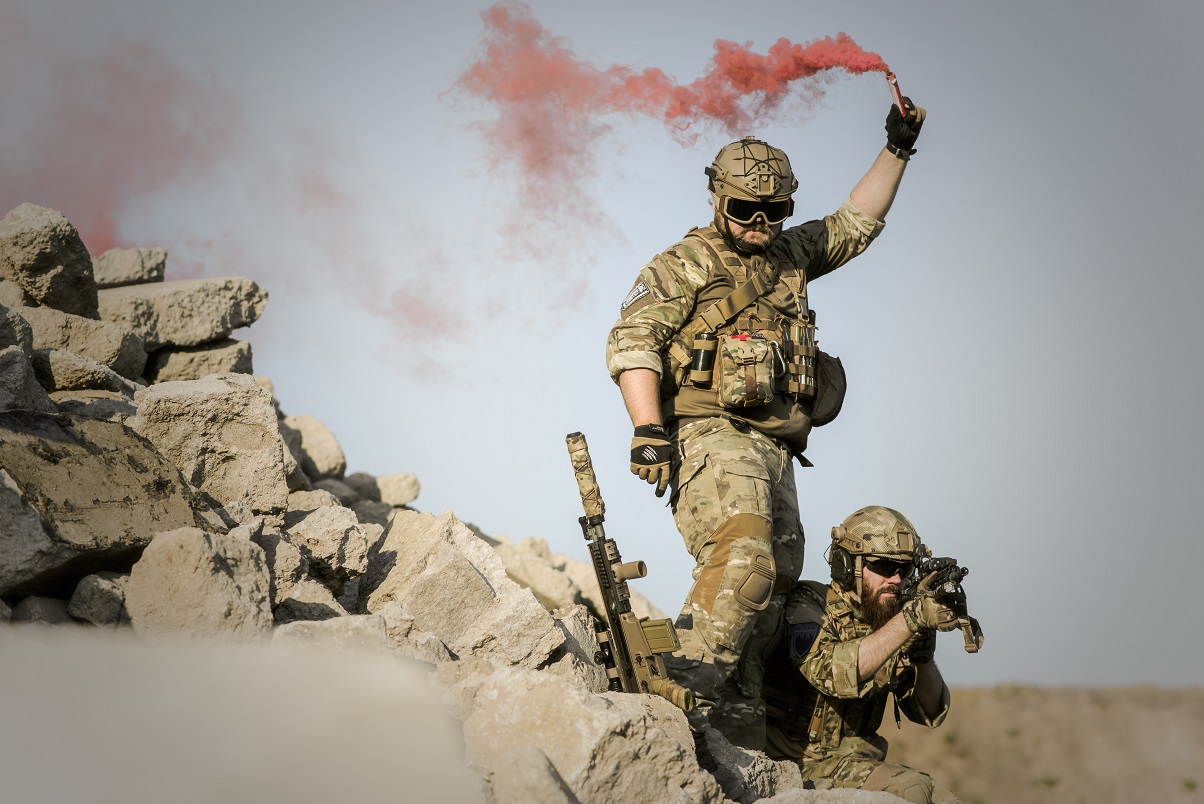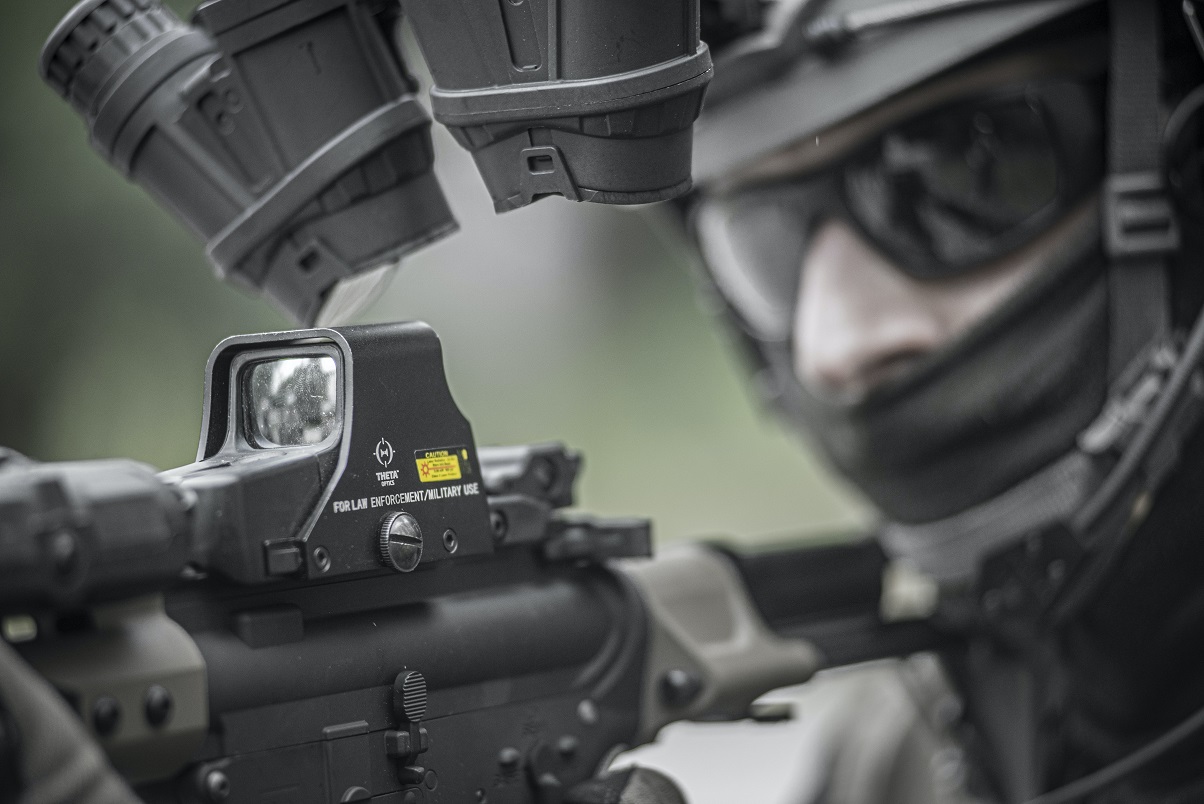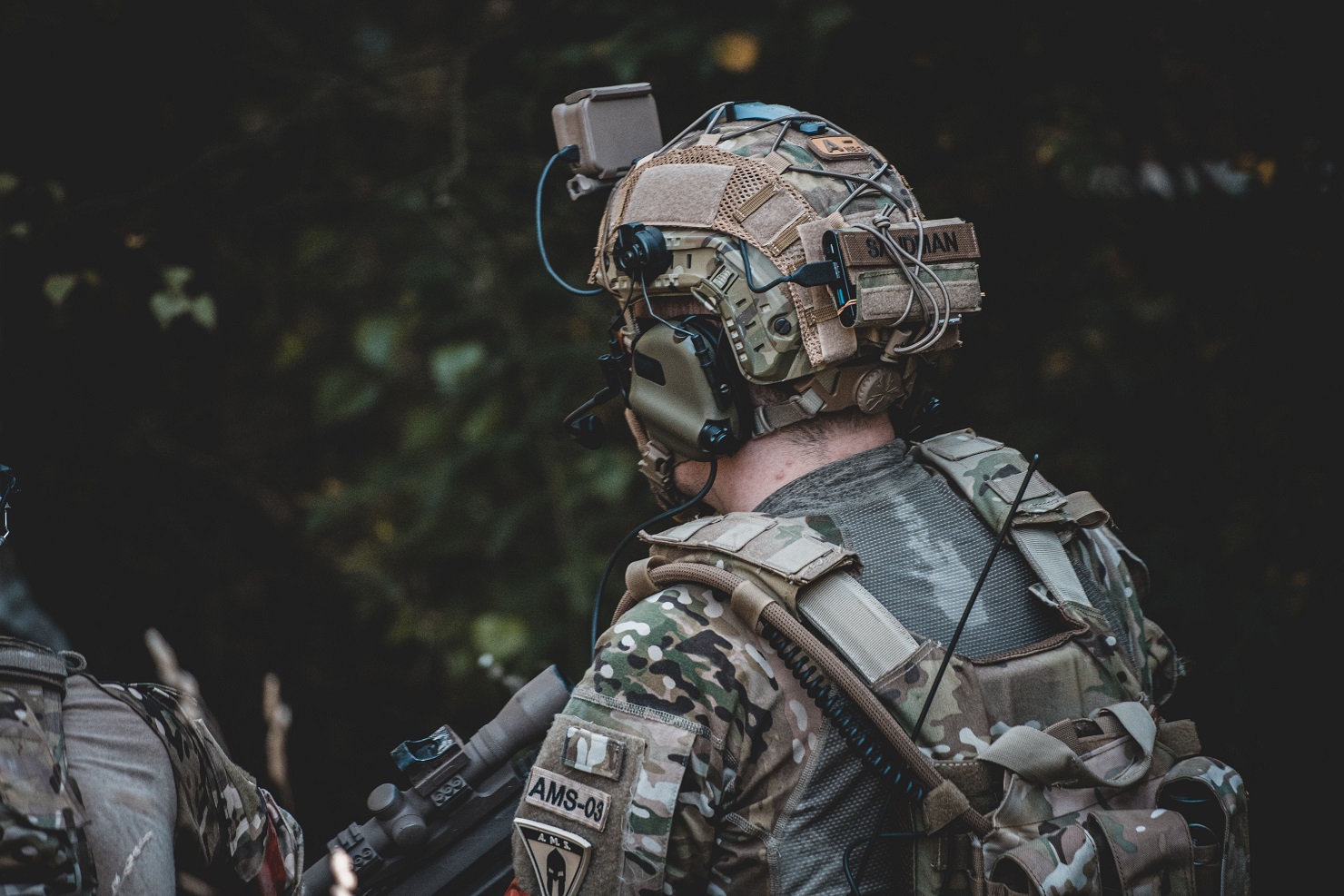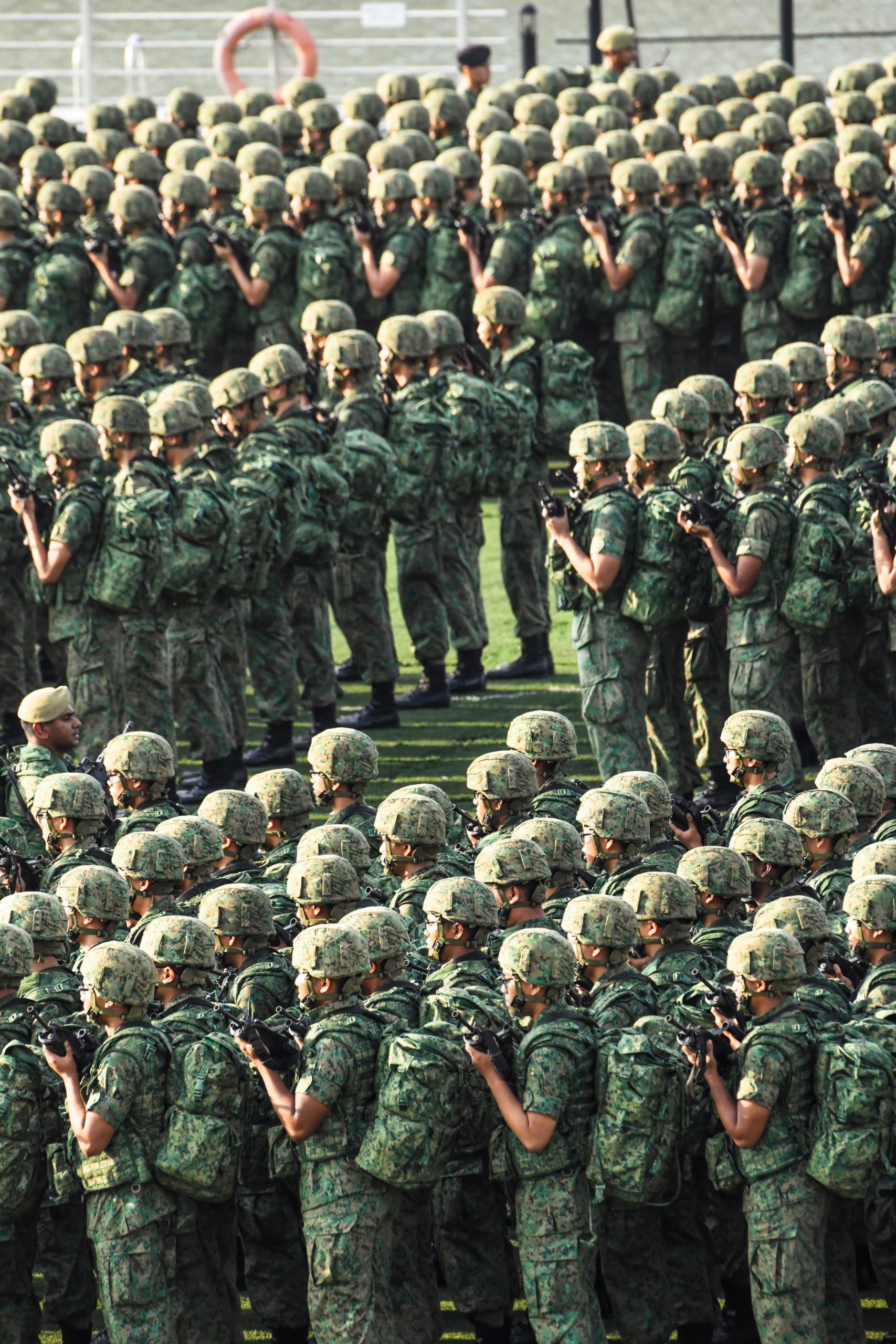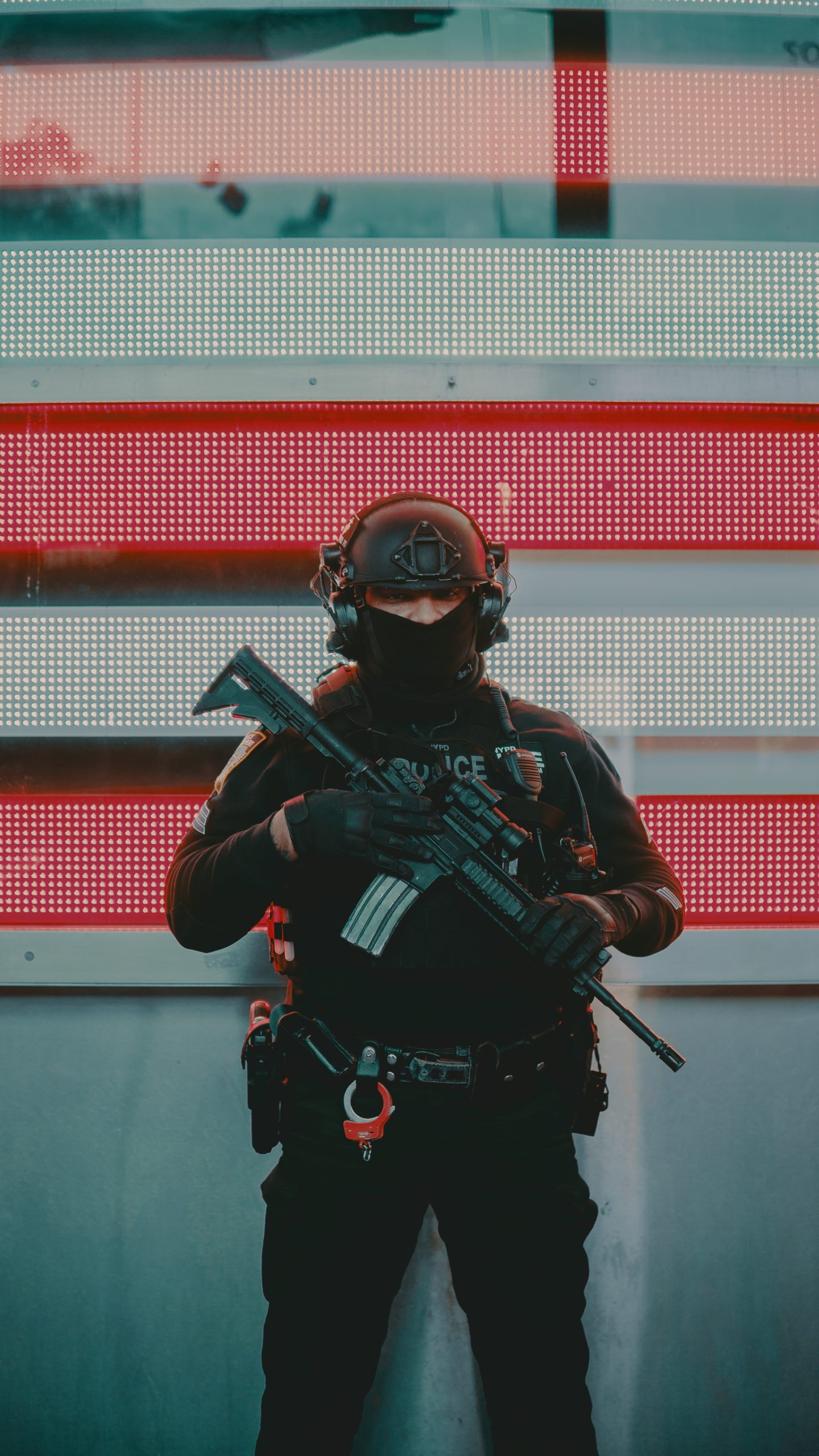Get shot in the arm and you might live. Get shot in the head and it is game over!
This is why soldiers pay so much attention to the gears that are used in protecting their heads. The head protection gear is filled with different kinds of items. From ballistic helmets to face shields and face masks, the whole idea is to ensure that the head becomes less of a vulnerability. With that said, it becomes important to know the difference between each gear and the advantages that each of them possesses. In this short guide, we’d be considering the ballistic masks and the ballistic helmets.
BALLISTIC MASK
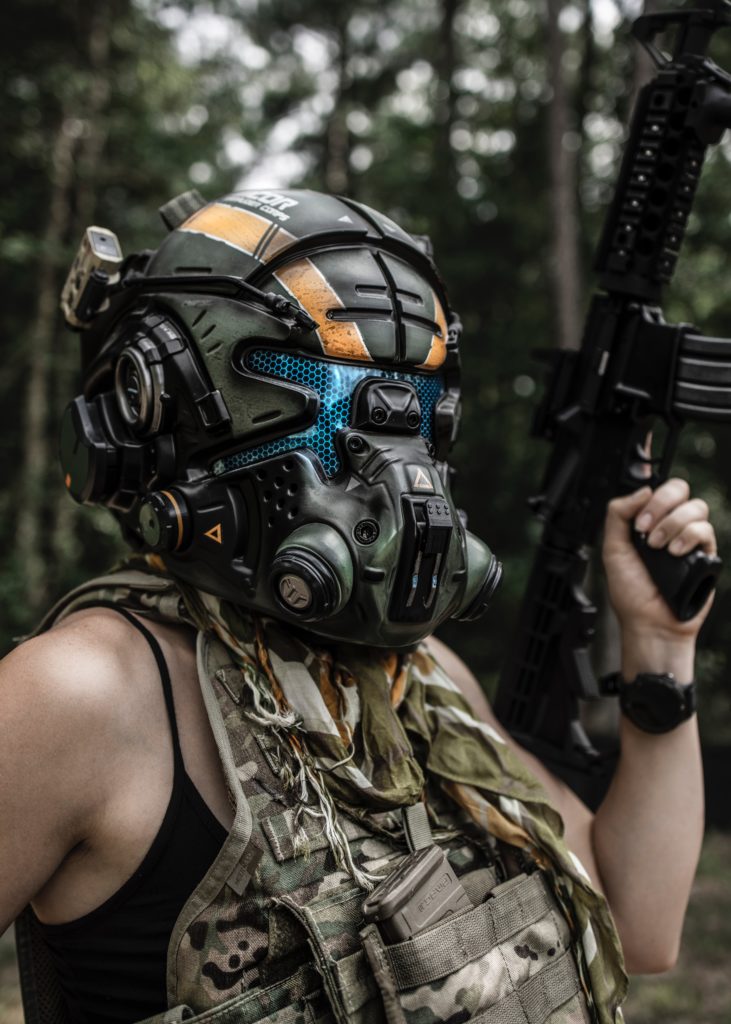
Also known as a facial armor, the ballistic mask is designed to repel ballistic threats. Depending on the design, the ballistic mask often has a padded inner made used for protecting the wearer from shock and trauma. It can either be made from Kevlar or any other ballistic rated material made used for protecting the wearer from shock and trauma. It can either be made from Kevlar or any other ballistic rated material.
It is not designed to weigh as much as a traditional helmet. Follow the logic that a high-level protection gear often weigh much more, ballistic masks are often as high as Level IIIA National Institute of Justice rating.
While they cannot stop bullets from an AK-47 or a rifle, they can stop most handgun rounds as well as .44 magnum rounds. They can also protect the wearer from small shrapnel fragments and bullet ricochet.
BALLISTIC HELMETS
Unlike the ballistic masks, they can get as heavy as possible. Ballistic helmets offer protection up to Level IV NIJ rating. Rifle rated ballistic helmets also perform well against large projectiles and rifle rounds. Ballistic helmets offer more protection although at the expense of additional pounds.
Follow along with our blog here.
